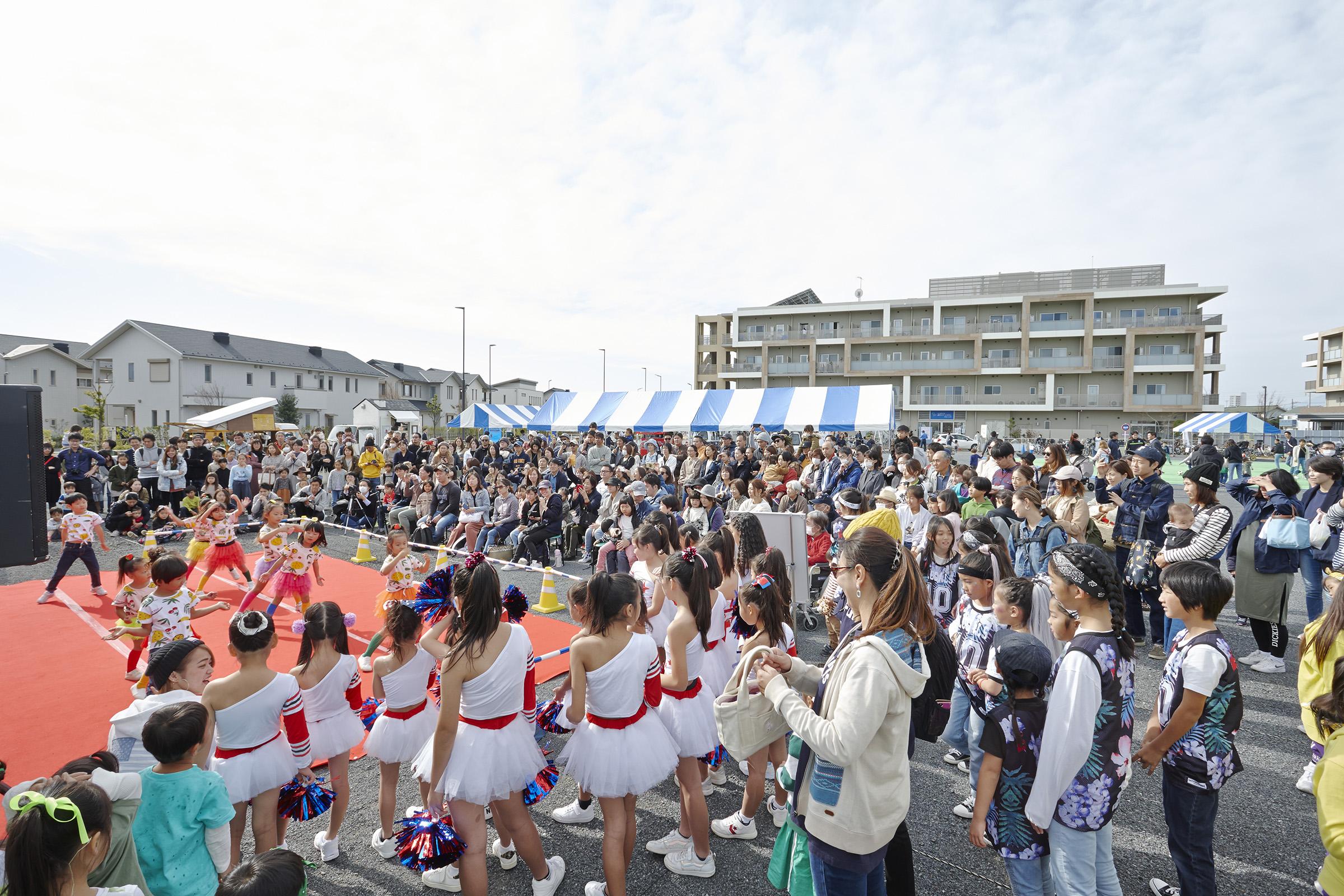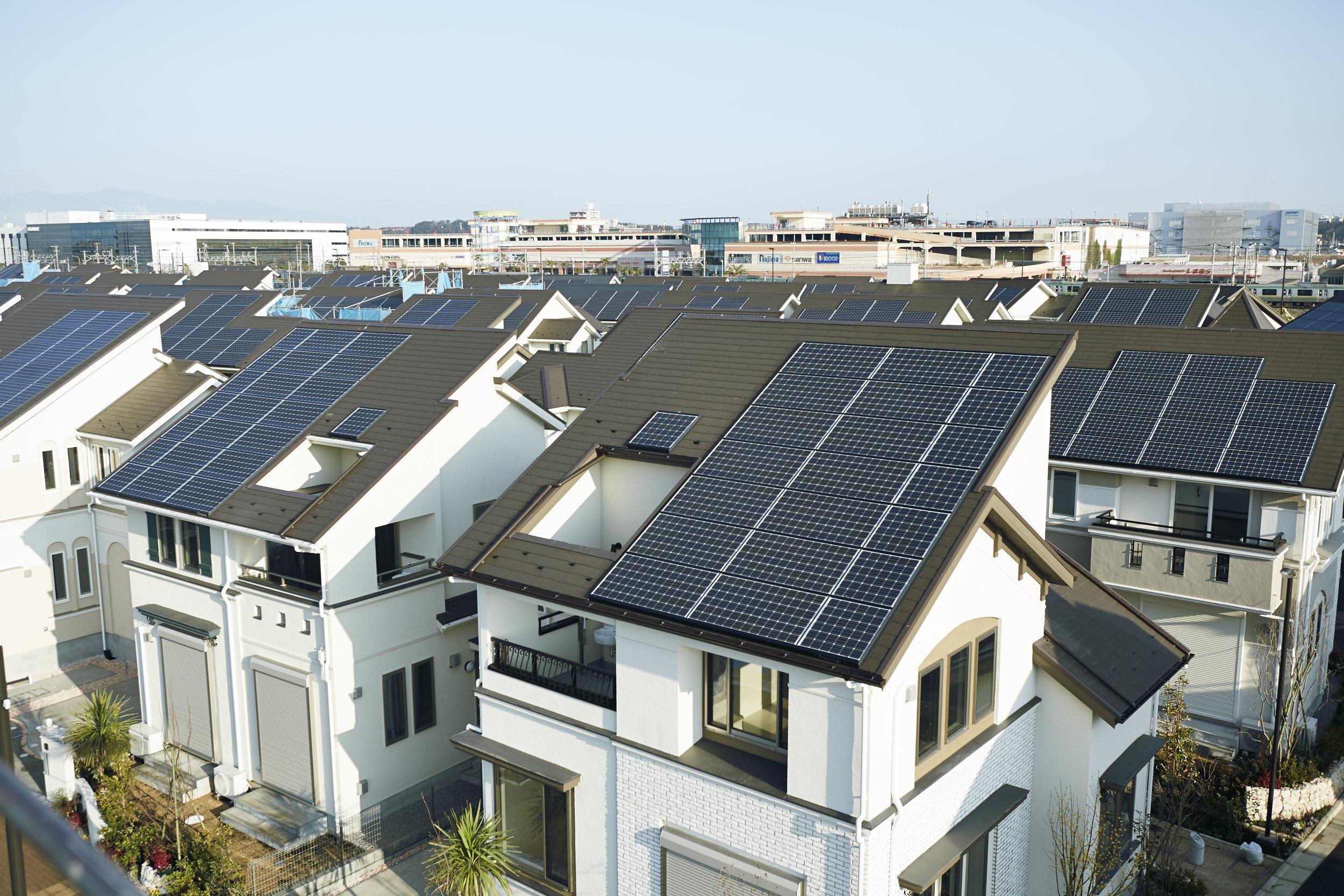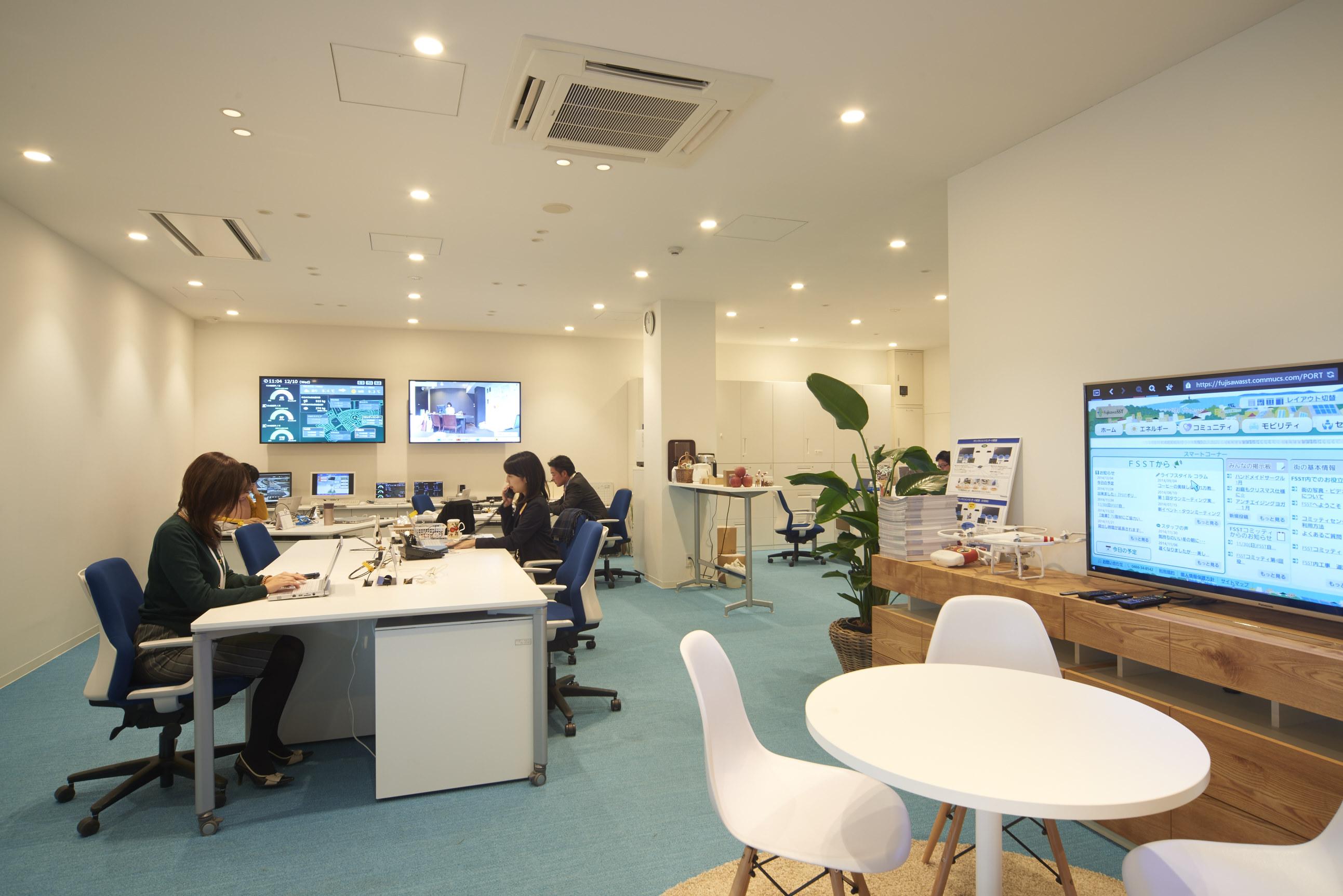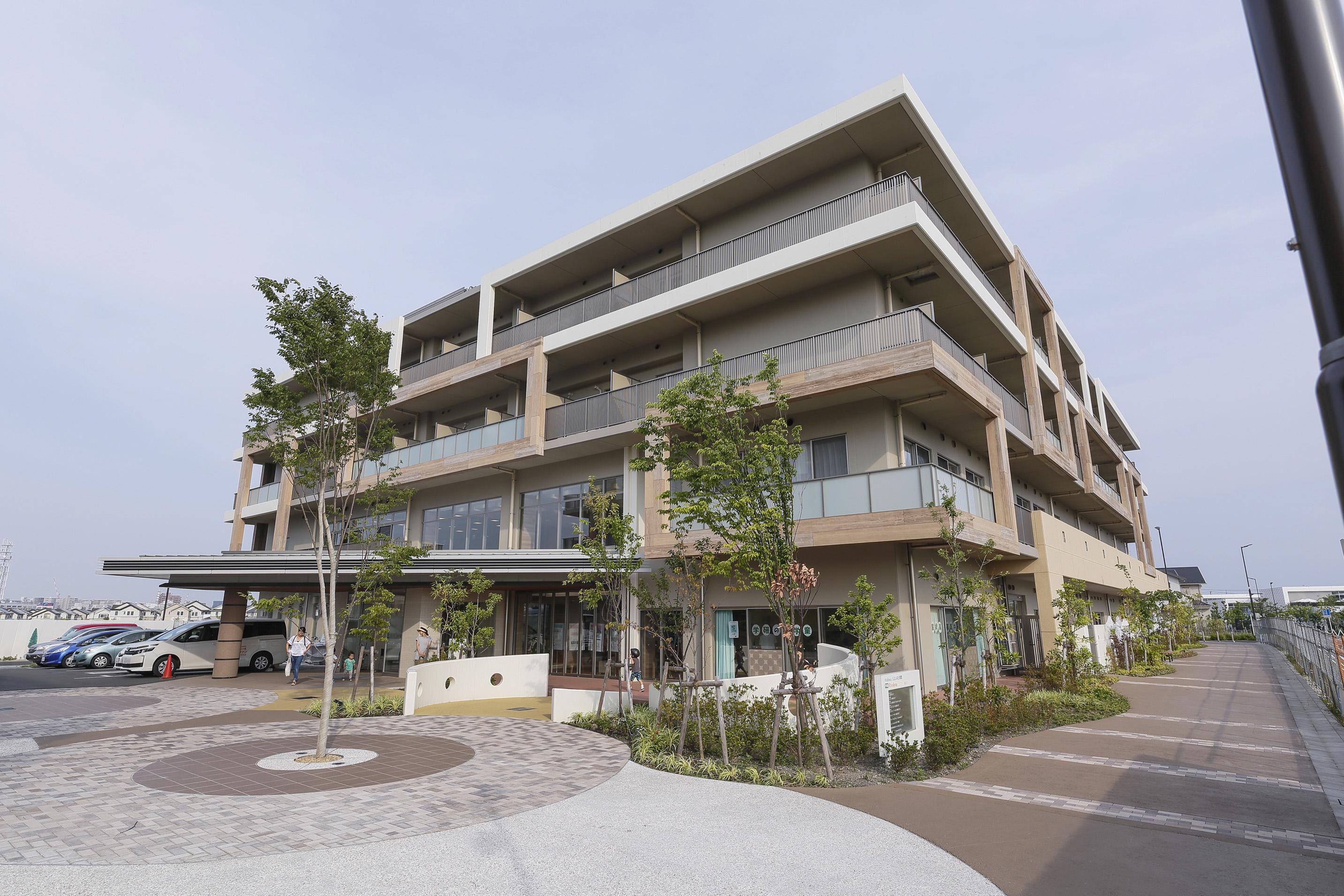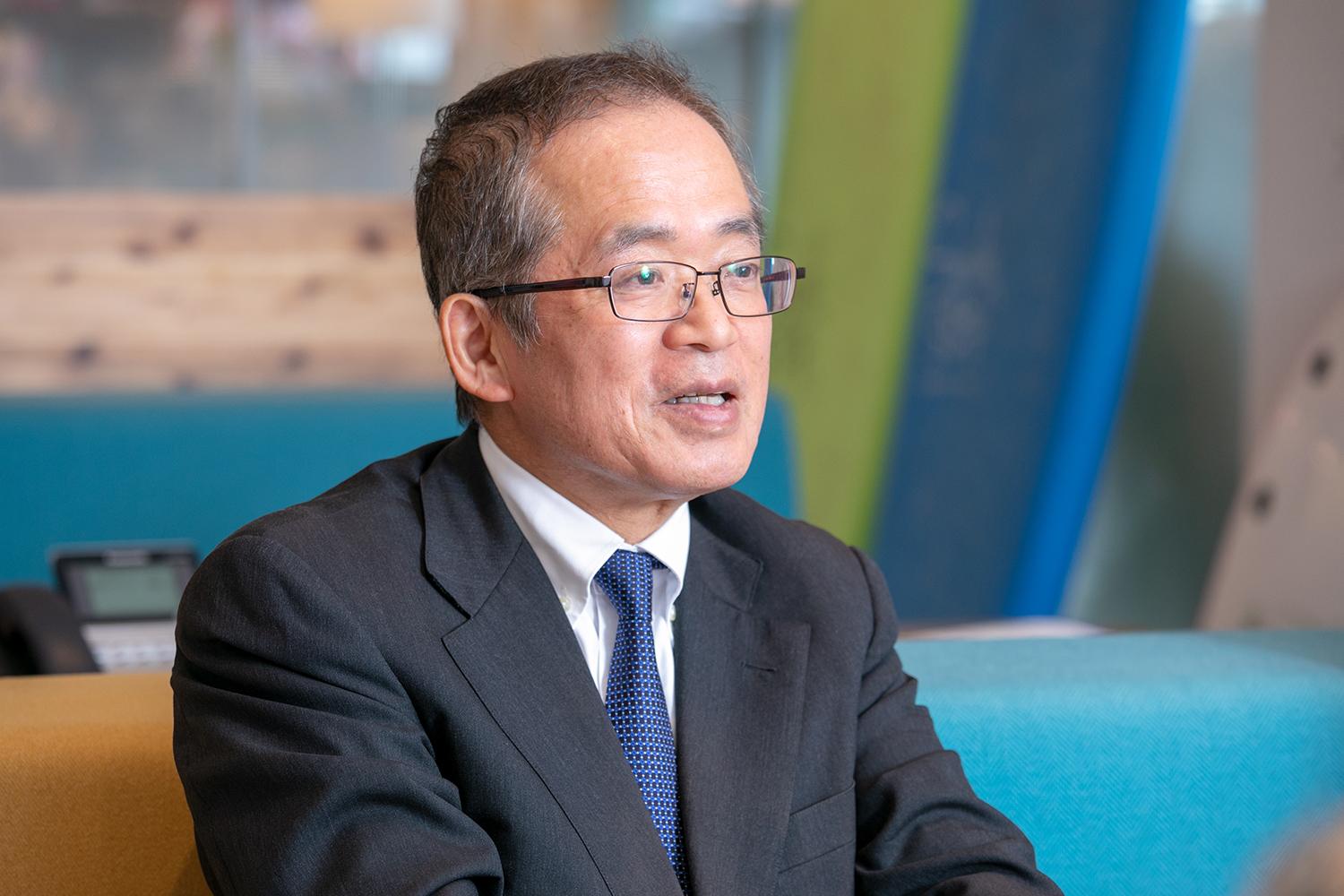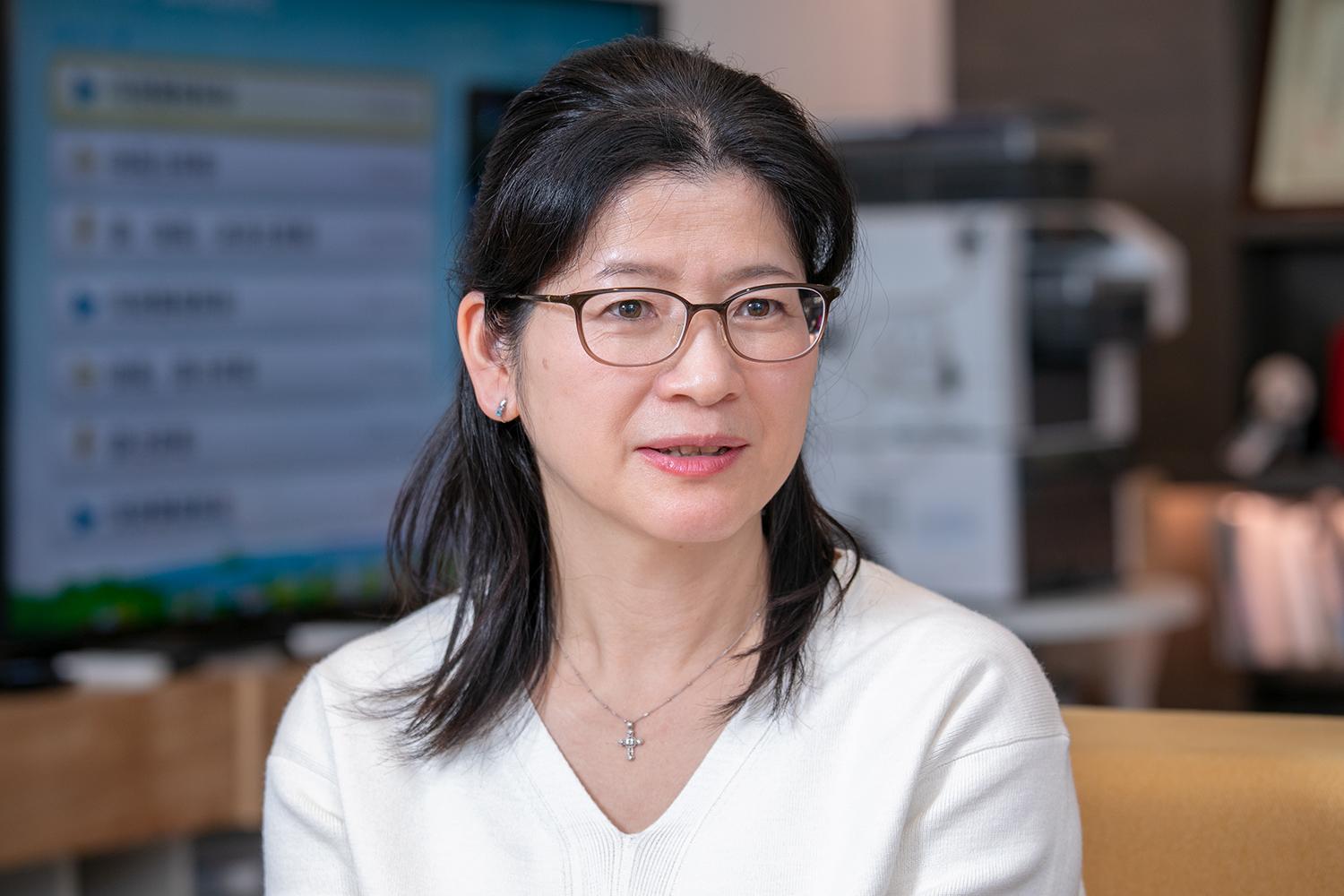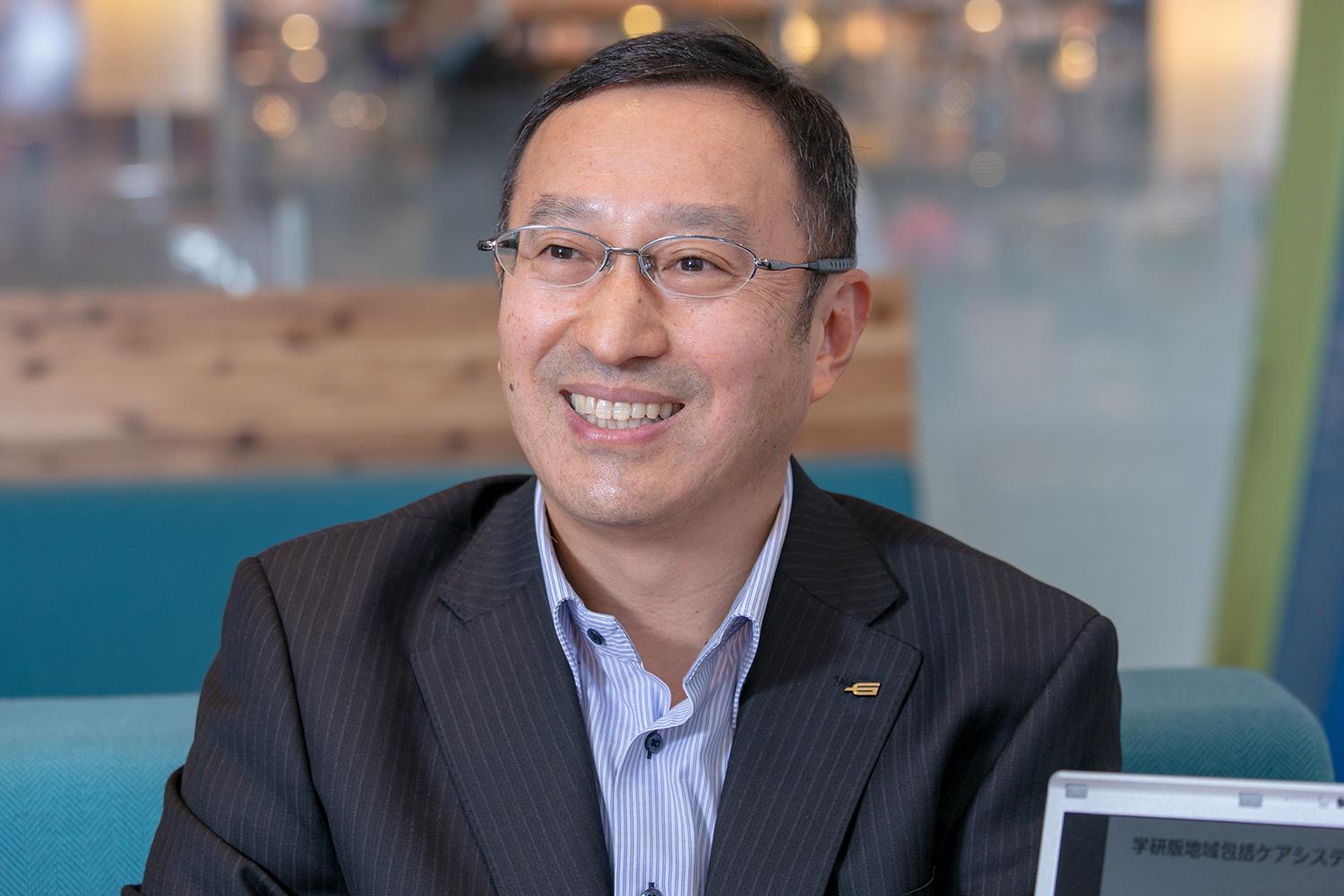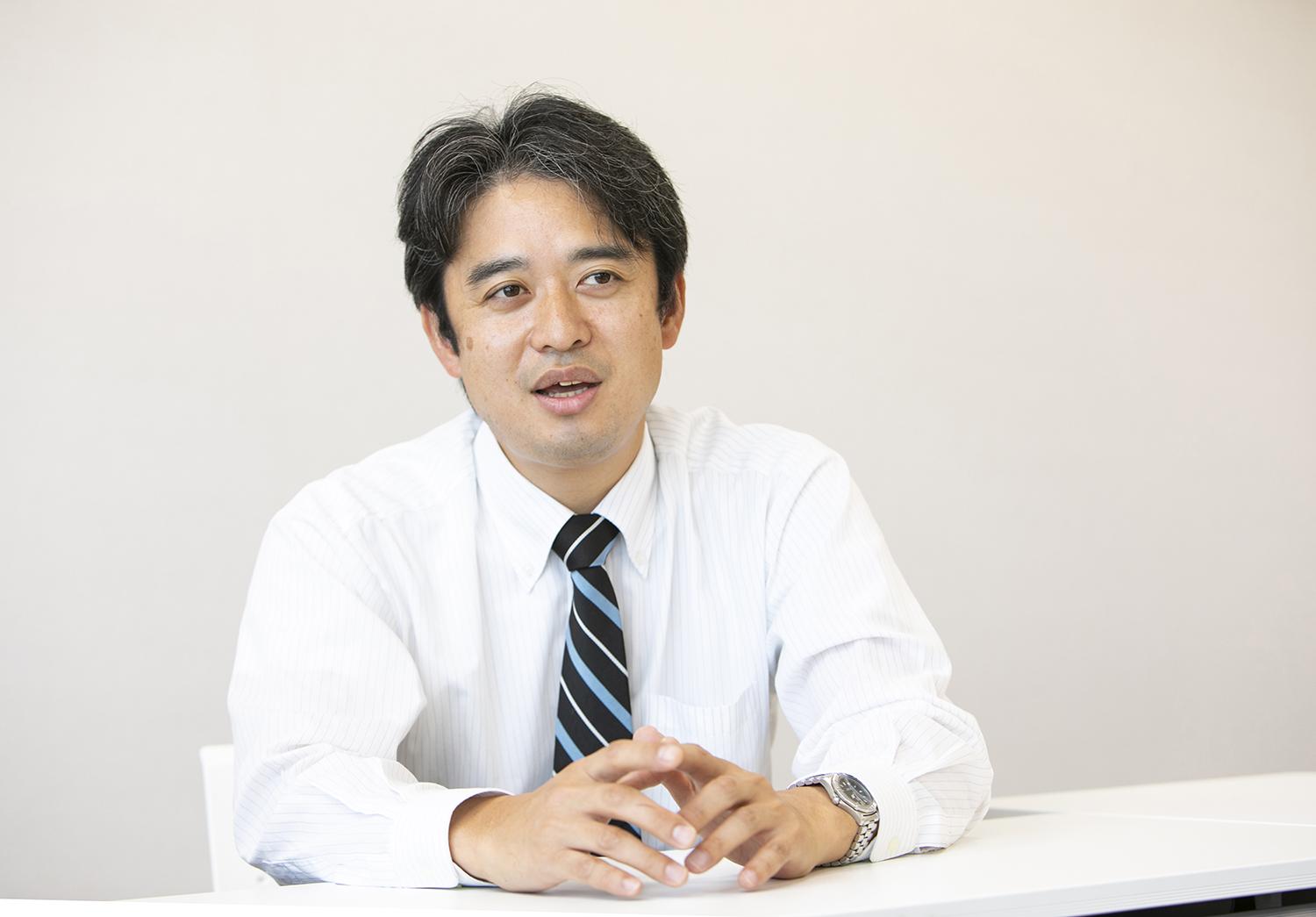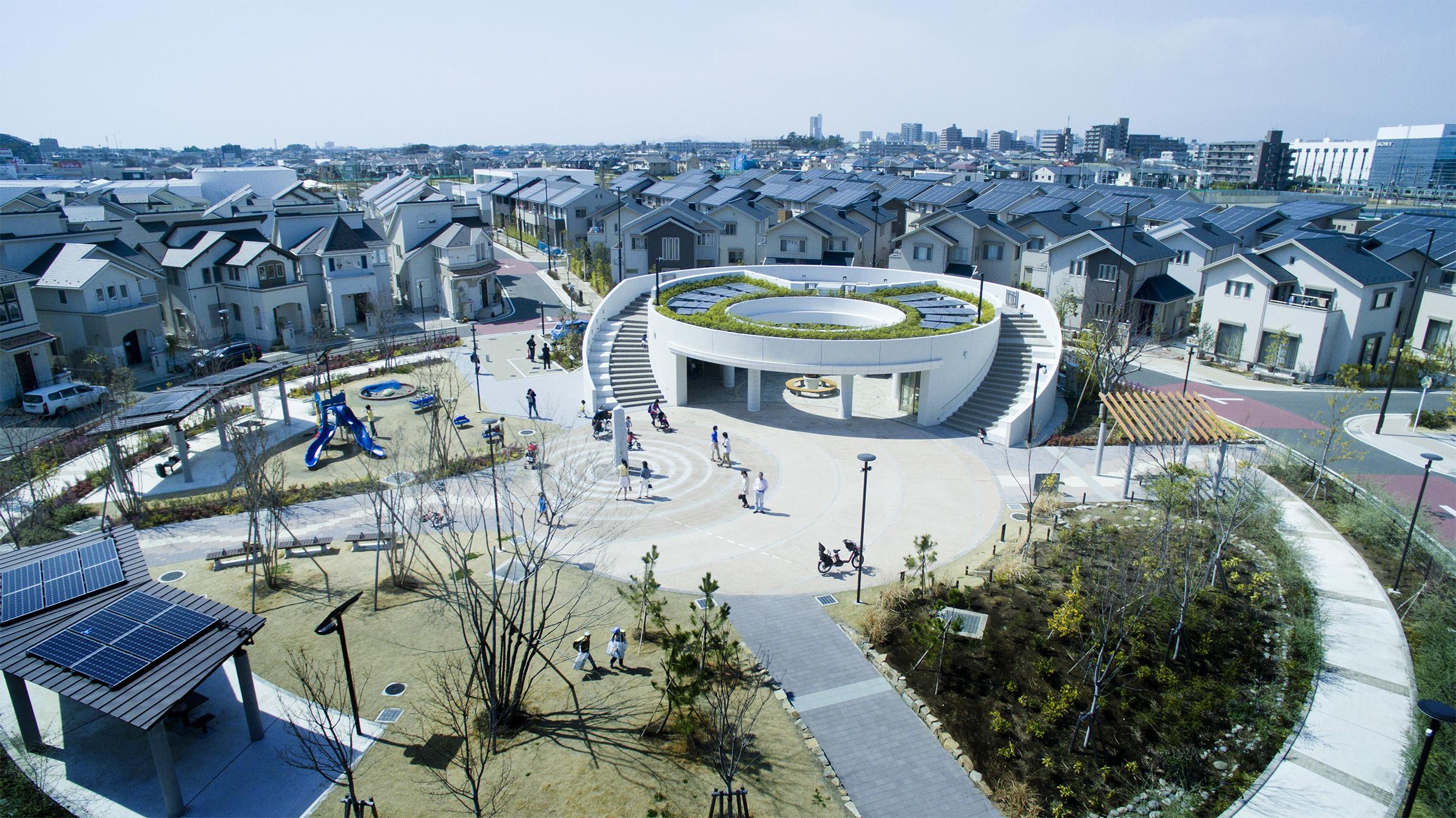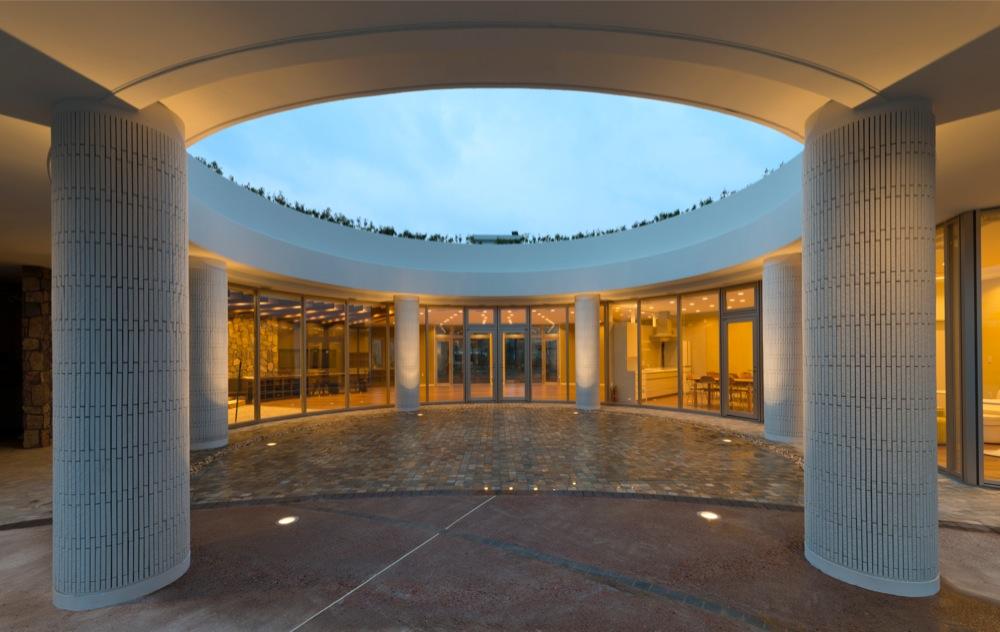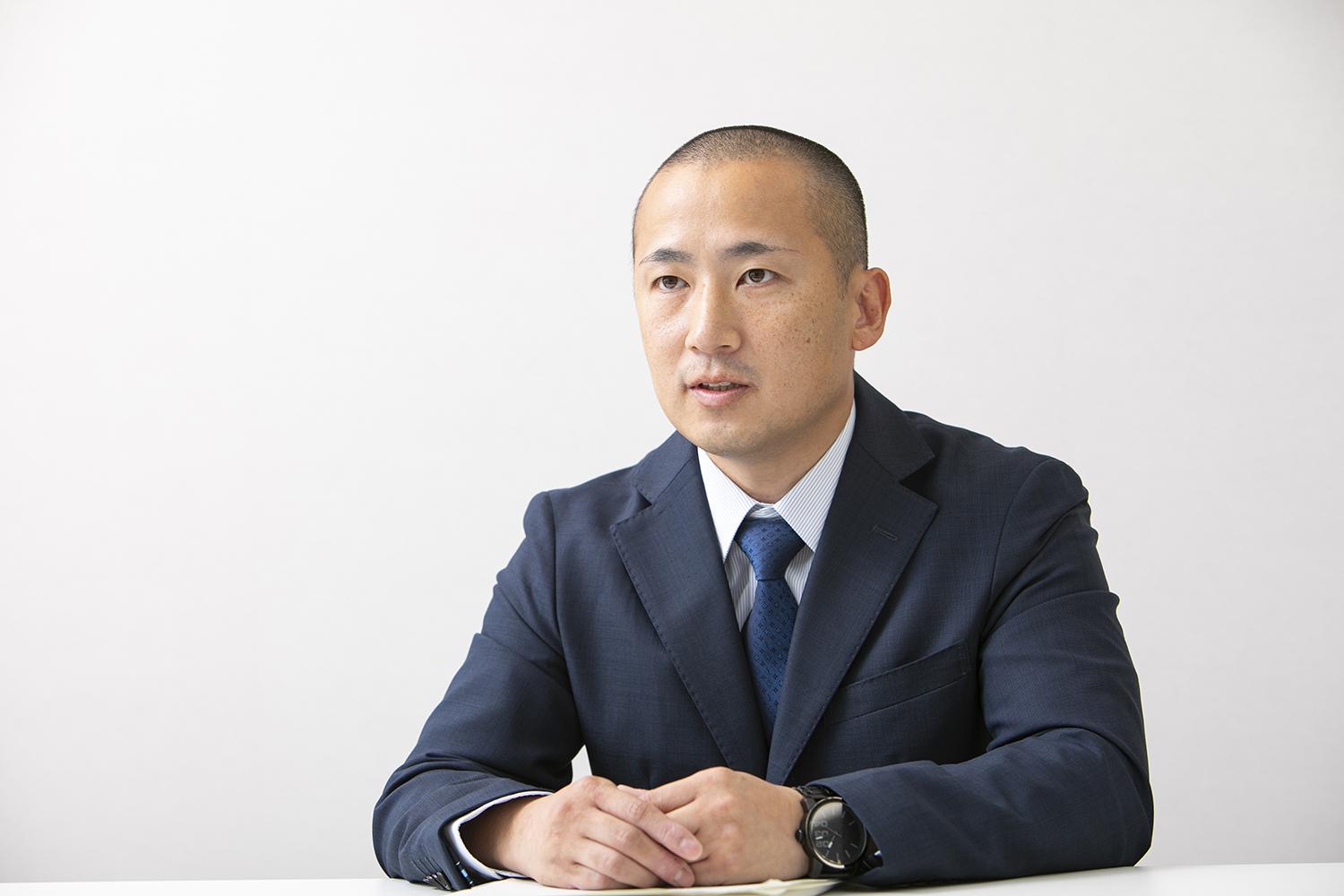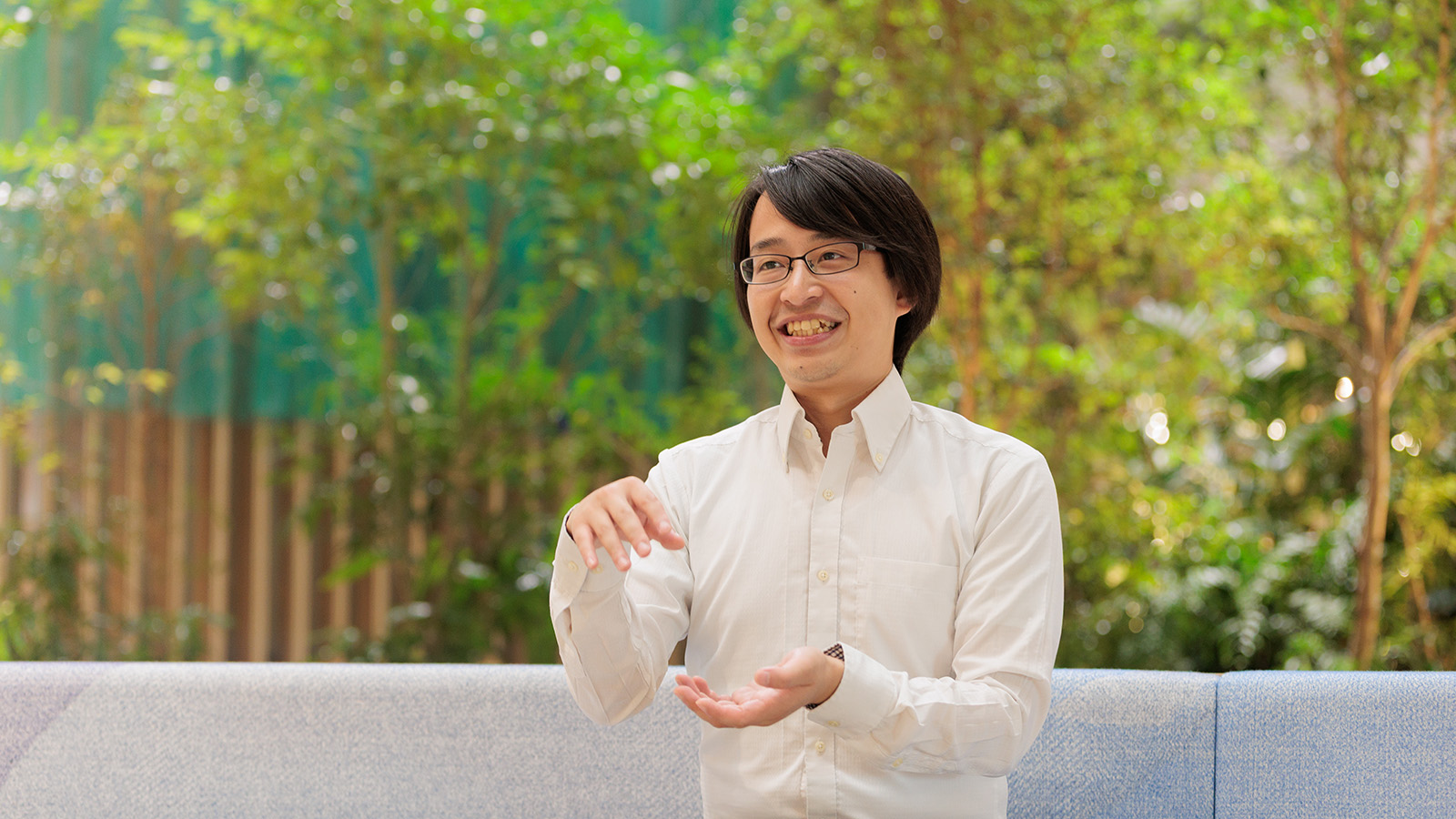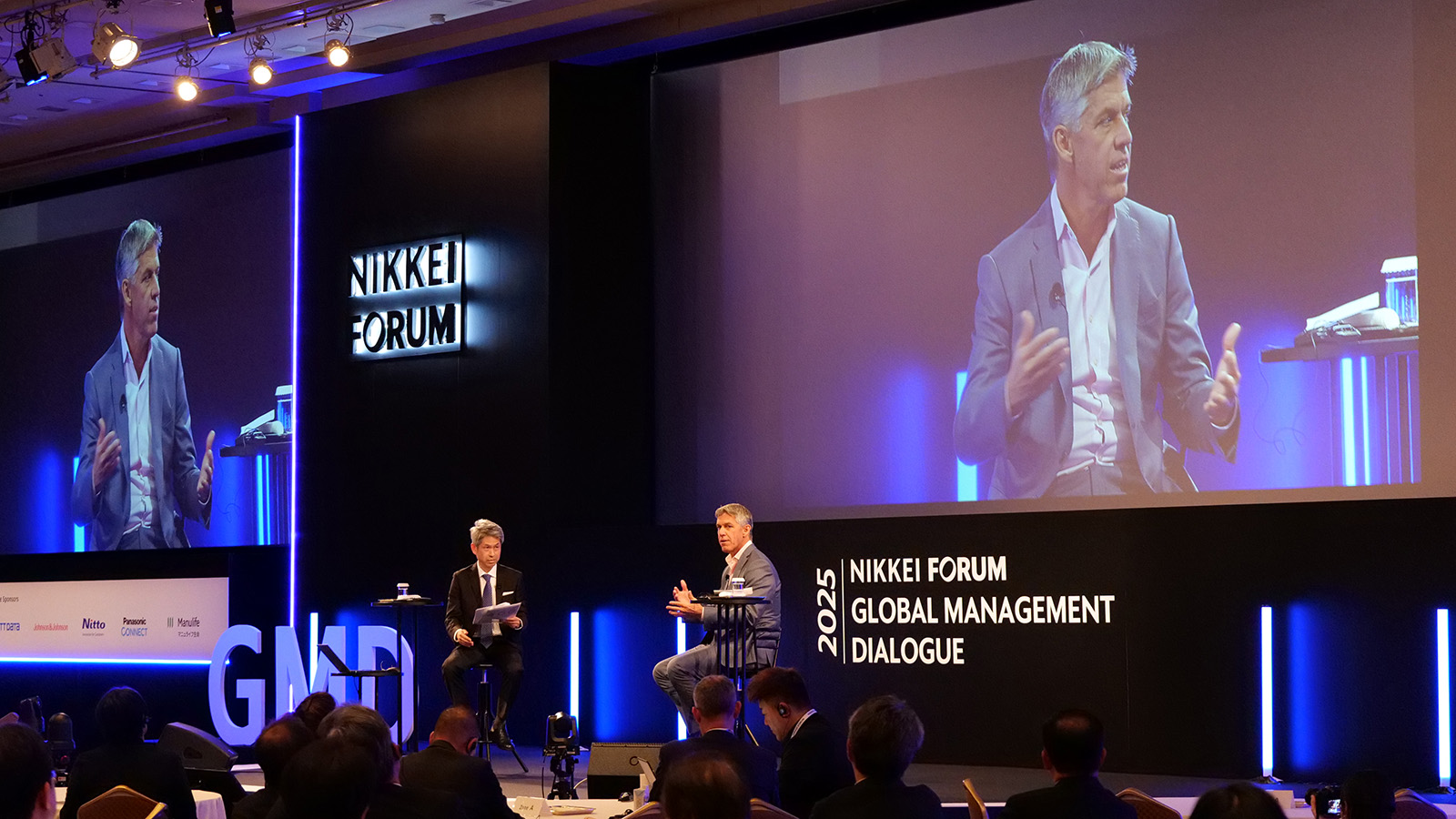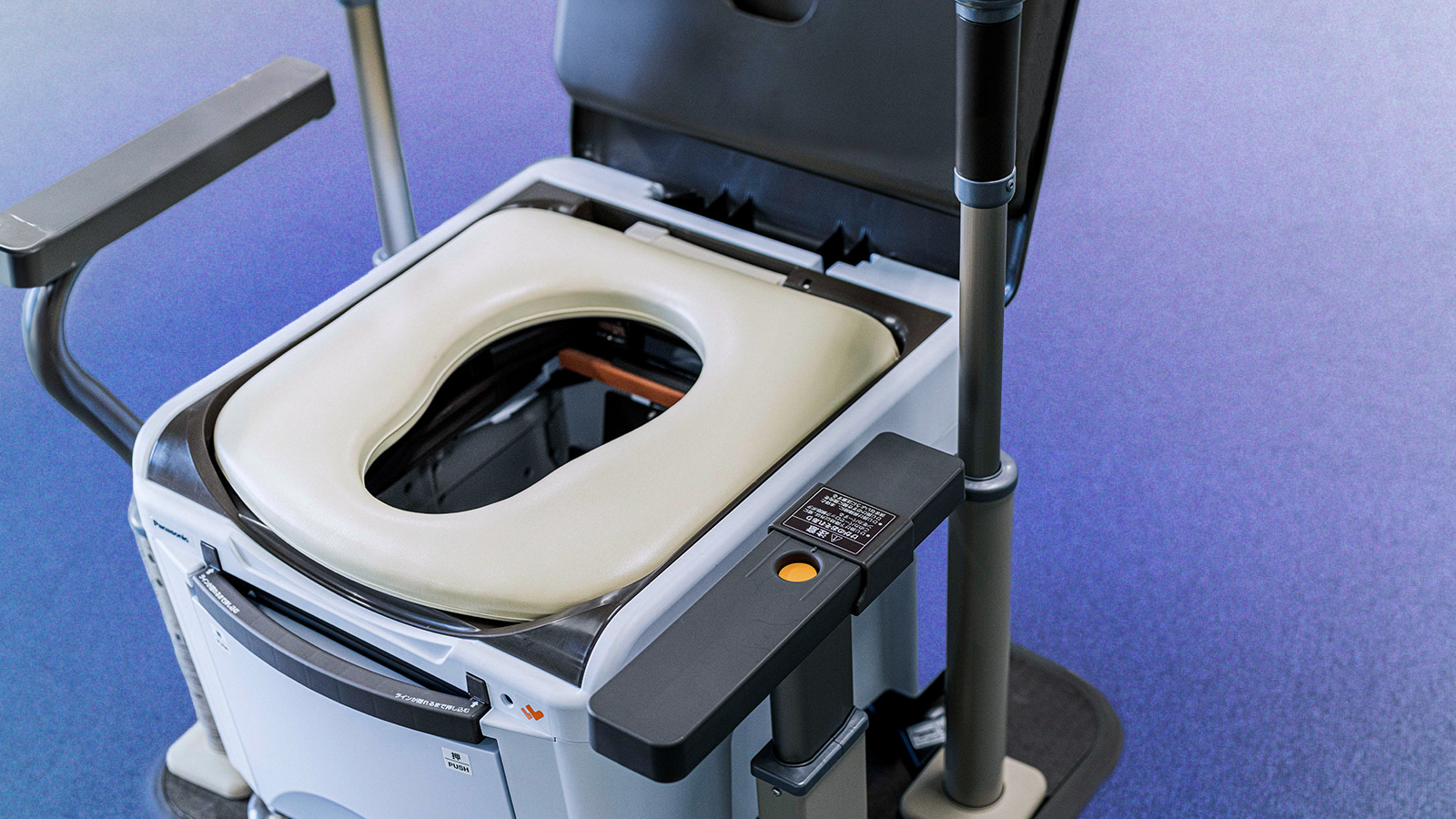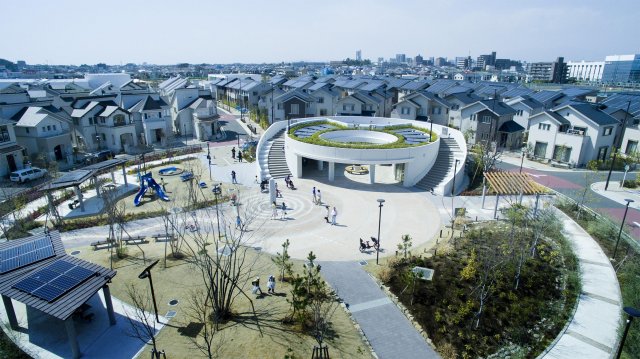
Fujisawa Sustainable Smart Town (FSST) in Fujisawa City, Kanagawa Prefecture, Japan has turned a lot of heads since it opened in November 2014 as one of the few smart cities in the world. Now that it is 5 years old, how has FSST grown over the years? To answer that properly, it was best to visit the area and ask representatives from Panasonic, business partners and the Fujisawa Municipal Government about past, present and future challenges and successes at FSST.
Summary
- Five years have passed since Fujisawa Sustainable Smart Town (FSST) opened on the site of a former Panasonic plant in Fujisawa City, Kanagawa Prefecture, Japan.
- FSST is drawing attention the world over as a forerunner example of a smart city where community development is being promoted as a concerted effort between a Panasonic-led consortium, residents and government.
- In order to understand how FSST has evolved over these first five years, key persons involved with FSST were asked about past, present and future challenges and successes.
A smart community born in a city with brand strength
Fujisawa is a city in Kanagawa Prefecture with a population of about 435,000 that is both relatively close to Tokyo and blessed with wondrous natural surroundings. In 1961, Panasonic (then known as Matsushita Electric Industrial) built its first Kanto plant here. For many years to come, it manufactured mostly refrigerators and TVs as one of the flagship plants of the company, until it was shut down in 2009. Panasonic then spearheaded efforts to develop Fujisawa Sustainable Smart Town (FSST) on the site of the former plant.
FSST opened in 2014. It is located about 10 minutes by bus from Fujisawa Station, which is serviced by JR, Odakyu Electric Railway and Enoshima Electric Railway. It covers an area of about 19 ha, which is about the size of four Tokyo Domes, and has transformed into a community of over 2,000 people. Plans are to build communal housing in the future and complete development sometime in or after 2022.
FSST was of course the first community Panasonic ever developed. And, since a project of this size posed a challenge even for developers, Panasonic sought business partners who were agreed with its vision of a "100-Year Community" where families could live peacefully and happily through their grandchildren's generation, and formed a consortium. All of the businesses made a concerted effort to shape the community according to the way residents would live rather than base development on technology and infrastructure. Moreover, a cooperative structure was laid out with the Fujisawa Municipal Government from the planning stage to ensure that the community that was going to be developed would be sustainable and tied to the local area.
FSST is also a leading smart city in terms of advanced technologies and services like ICT and IoT. This explains why, in just these 5 years, more than 3,000 groups totaling over 30,000 people have taken tours of the town that have been planned and arranged for governments and businesses. And, they have come not only from Japan but also from over 50 countries around the world, so, in other words, the value of FSST has been recognized on a global scale.
November 2019 marked 5 years from when FSST opened. So, how has this 5 year-old community evolved since its inception? To answer that properly, it was decided to visit the area and ask representatives from Panasonic, business partners and the Fujisawa Municipal Government about past, present and future challenges and successes at FSST.
Panasonic's idea of community development is to incessantly update the community
The date was November 17, 2019. A cultural festival was organized that day at FSST to promote interaction with and amongst residents. There were all sorts of events packed with people -- open workshops, street vendors, stage performances by residents and students, activities like small-sided soccer and signage games, and more. It had all the trappings of a lively "community festival" with families and smiling faces everywhere. Attendance was 4,300, up considerably from the 3,000 the year before.
"You can tell when you look at what is going on at the cultural festival that there are a lot of people from outside of FSST. That in itself says FSST has grown to the point of being known to the surrounding areas," said Kenichiro Yamamoto, one of Panasonic's people currently engaged in the inner working of community development.
That's incredible, considering how, 10 years ago when the planning got started, the idea of a "manufacturer building a community" was the stuff of fairytales. Looking back, Mr. Yamamoto recounted, "It was an uphill battle trying to sell the idea of using the site of a former plant for this purpose even to our own company. At the time, the smart city concept had just been floated and there were no precedents anywhere in the country. What led to its realization was a good hard look at where the next generation was heading and the strong desire to effectively utilize idle land."
Kenichiro Yamamoto
Manager, CRE Project Promotion Dept.
Business Solutions Division, Panasonic Corp.
A big point was that Panasonic and the Fujisawa Municipal Government shared the same vision. When the two were jointly crafting community development guidelines, Panasonic proposed a community where ecological and smart ways of life would be sustainable and solve issues plaguing the area. The town concept that expressed that was "a town that brings energy to life." Panasonic and the municipal government put in place a system for building a community from scratch, which included setting overall targets in the three areas of "environment," "energy" and "safety and security," and preparing guidelines for honoring these targets.
A key feature of these guidelines was that they clearly specified five areas of essential services that underscored all ways of life as the means for driving a viable community -- those being energy, security, mobility, wellness and community. The idea was to forge partnerships with leading companies and introduce advanced technologies as a cooperative effort.
The consortium was a group of 18 companies including Panasonic. Nine of the partner-companies established Fujisawa SST Management Company. As Mr. Yamamoto described it, "The purpose was not just to operate as a management company but also to directly engage residents, listen to what they have to say and brew a sense of community. The company centrally manages town services in the five fundamental areas, serves as a go-between for verifications and marketing activities, and is in charge of circulating community news."
Staying on top of news and events from resident circles is a crucial component of a 100-year community. If the streets in FFST are likened to hardware, then Fujisawa SST Management Company would be the OS, the services and solutions that businesses provide would be the software applications and the residents would be, as the name suggests, the end-users. In other words, a healthy community grows and thrives because the opinions of residents are sought, respected and applied to operations on a daily basis.
Mr. Yamamoto explained, "All stakeholders benefit from a culture where all residents are proactively involved in community development. Town meetings and workshops are enthusiastic events as businesses and residents exchange opinions from a short distance apart. You know, this is the kind of input you are looking for when wanting to create new business."
Two examples of businesses that were born from these opinion exchanges are the "Bundled and On-Demand Shipping" services from Yamato Transport and the "AC Monitoring" service from the Gakken Group. With this former, Yamato Transport centralizes all secondary shipping inside FSST and Panasonic sends shipping information to households by way of push messages to their TV. With this latter, the Gakken Group is visualizing and remotely monitoring room temperature and humidity and resident lifestyle rhythms at an assisted-living facility for the elderly in FSST using Panasonic air conditioners and sensors.
Mr. Yamamoto added, "Both of these areas of business are having trouble finding field personnel. However, the benefits of using technology are starting to show as reshipping rates have decreased and, by visualizing the resident's living environment, they are discovering possible ways to care for the elderly more attentively. And, they have gotten very good reviews from residents."
This mechanism that has everyone in the community promoting innovation and shaping the future at FSST was dubbed the "Town Parent Project" and has started getting surrounding areas involved in community development. Mr. Yamamoto elucidated, "Working closely with residents spawns new services and creates a virtuous cycle of ideas-come-reality fit to the community. This same stance has to be maintained decades from now, as well, because we want FSST to function as an incubation center for all of Panasonic and our 18 partner-companies."
FSST served as a stepping stone for Tsunashima Sustainable Smart Town that opened in Tsunashima, Yokohama City as a smaller urban SST in March 2018. There are also plans to open the first SST in the Kansai in spring 2022. Known as Suita Sustainable Smart Town, the project is built on the concept of health and biomedical innovation.
Suita SST is also focused on environment-friendly community development particularly in the energy field. The target is to be the first community in Japan to be powered entirely by renewable energy, as actual electricity demand for the whole community including commercial facilities will be supplied from renewable sources.
As for security, Suita SST will strike a good balance between safety/security and hospitality by employing applications of Panasonic's niche image recognition and robotic technologies and building a guard post from where security guards can watch over the community. Efforts have gone into wellness, too, including crossovers with the Northern Osaka Health and Biomedical Innovation Town that is adjacent to Suita SST. Plans are to apply behavioral sensing technology to detect early on, prevent and mitigate cognitive diseases. These applications owe to the success achieved by FSST.
Mr. Yamamoto summarized it all by saying, "Panasonic's idea of community development is to incessantly update the community. And, driving that is a lot of enthusiastic thinking as to how the community can be nurtured. We've learned over these five years that continuing to think like that is important. Going forward as well, we want to continue serving the needs of residents in how we manage the community."
From kids to grandparents. Interaction across multiple generations is the key.
As a health, recreational and educational facility, FSST has Wellness SQUARE. The South Wing of Wellness SQUARE is an assisted-living facility for the elderly operated by partner-company, the Gakken Group. Though the assisted-living facility is the main operation in the building, there are also a cram school, children's daycare center with before and aftercare services, clinic and hall. As might be understood from the mixture of services and activities, interaction across multiple generations is the key.
Explaining how they got involved in FSST, Shogo Nakayama of Gakken Cocofump said, "There are two looming problems on the Japanese horizon, one that will come in 2025 when people age 75 and over become the most numerous generation and the other in 2040 when the population of those age 65 and older reaches its peak. We were approached with an offer to partake in a proving ground for building realistic solutions to Japan's fight with a shrinking population and a rapidly aging society."
"We just so happened to have been looking for a place we could get into at the time, so we got onboard. Kids and elderly people interacting with each other has benefits for both sides. And, a place for interacting across multiple generations fit the direction Gakken Cocofump was looking to for the future. FSST is a step in that direction."
Tomoko Ishizawa of Gakken Cocofump works at the South Wing as the company's FSST coordinator for hall events. She explained, "We provide a place that even people from outside of FSST can come for Christmas events, performances by junior high school choruses and other kinds of events. We daily operate the assisted-living facility and daycare center, and moreover we promote interaction by giving people something to do."
Torao Kato of Gakken Cocofump is in charge of international affairs and has seen the global reaction to FSST in person. As he put it, "Lots of interest is being shown in FSST from overseas. In particular, since Panasonic is very well known in China, FSST is very popular, too, because Panasonic is cooperating in the project. I have heard many people wish that they could build their own town on concepts like these."
The AC Monitoring service mentioned earlier has been installed in 70 rooms at the assisted-living facility. In reference to that, Mr. Nakayama said, "We are currently testing how reliable it is over IoT, but it should solve certain social issues by alleviating some of the workload of caregivers and improving resident services. Though a human being must ultimately confirm things, it has so far proven to be pretty useful." Ms. Ishizawa expressed her support by noting, "The data obtained from the AC Monitoring service should also alert caregivers to a resident's need for care in new ways."
Mr. Nakayama brought the United Nations' Sustainable Development Goals that the whole world is harping about into the picture by noting, "FSST has put into practice several of the themes raised in SDGs." He continued, "Though three years have passed since Wellness SQUARE opened, natural multigenerational interaction has finally started to bud. It's coming from an attitude that we should develop our community ourselves. That should get us to the true meaning of sustainable. I hope to see it keep growing like this." Who knows? New ways to look at Japan's super-aged society could be brewing right here.
FSST is providing Japanese society hints on how it might overcome current challenges.
When Panasonic decided to shut down its plant in Fujisawa, the municipal government began worrying over what would become of the vast site. Generally, in cases like this, the business lets go of the land and it is converted into a shopping mall or apartment complex, but the authorities in Fujisawa opted to collaborate with Panasonic and take a more sustainable route. A basic agreement was concluded in 2010 and got the ball rolling on developing the smart community.
Satoshi Mizuno from the Fujisawa City Hall said this about the affinity between Fujisawa and FSST: "We see many families with young kids moving in, so our population is growing. That's being driven by the good access and it being easy to get around because the city is compact. Our vision of making Fujisawa as nice of a place to live as possible is exactly what they are doing with FSST."
Throughout the project, the municipal government has provided support of public nature. For example, cooperation from the city government is why the Committee Center at the center of FSST is surrounded by a round park.
The Committee Center is the symbol of FSST. It is located in the round Central Park and serves as a meeting place.
Keisuke Muramatsu is a liaison officer for the city whose job is to feed proposals from FSST to the right department. As he explained, "Many people from Japan and abroad come to see FSST. FSST has become an information provider and made Fujisawa known to the world in the process. What interests the visitors the most is the energy visualization. Because the Town Portal is on their TVs, families know at a glance how much energy they used. They can also check it for disaster information in emergencies. Moreover, the interaction on the portal site leads to new events. The residents have also been lauded for being aware of things."
The advanced community that FSST is also strikes a note with the city. As Mr. Muramatsu tells, "FSST is a community project with the latest technology. I'm hoping they will play a leading role in the urban development we promote as a city."
Mr. Mizuno analyzed it as, "People in the Shonan region, where Fujisawa is located, tend to embrace new technologies, so, if you look at from that angle, FSST is a big proving ground." An example of that can be seen in the road tests of the "Roboneko Yamato" that were conducted here; the technology is being developed as the next generation in logistics services for a society of self-driving cars.
He added, "We're at a point where technology has to be effectively used to overcome the challenges of a falling birthrate, an aging society and shortages of labor. FSST is providing hints as to what the City of Fujisawa and Japan, for that matter, can do to get out of this mess. Local governments all over are crafting smart city strategies and what is happening in FSST is serving them as an example. What is so great about FSST is that the way of life is the starting point for introducing new technologies. Technologies that residents want and use will continue to underscore our partnership with FSST."
- Reproduced from the website "Mirai-kotohajime," by courtesy of Nikkei Business Publications, Inc.
# # #
- Disclaimer:
- We would like to note that Panasonic Newsroom is not a place to address personal Customer Service issues. Even though this is not the forum, Panasonic is always eager to resolve your concerns. Our local customer services contacts can be found at Global Support or you can see our list of Social Media Accounts to find the right channel for your queries and concerns.
Related Links
- Sustainable Smart Town Provides Better Lifestyles as the Entire Town - Panasonic Global
- Examples of Initiatives Aimed at Addressing Social Issue (Relationship with SDGs) - Panasonic Global
- Fujisawa Sustainable Smart Town Official Site
- Tsunashima SST Official Site
- Fujisawa City
- Gakken Holdings Co., Ltd.
Related News
- [Press Release] Panasonic Unveils Conceptual Plan for Suita SST which Optimizes the Individual Experience in a Constantly Evolving Multi-generation Smart Town (Sep 24, 2019)
- [Press Release] Panasonic and Nomura Real Estate Open Tsunashima Sustainable Smart Town in Yokohama (Mar 26, 2018)
- What Makes a Smart City of the Future, and Who Will Create It? (Nov 20, 2018)



